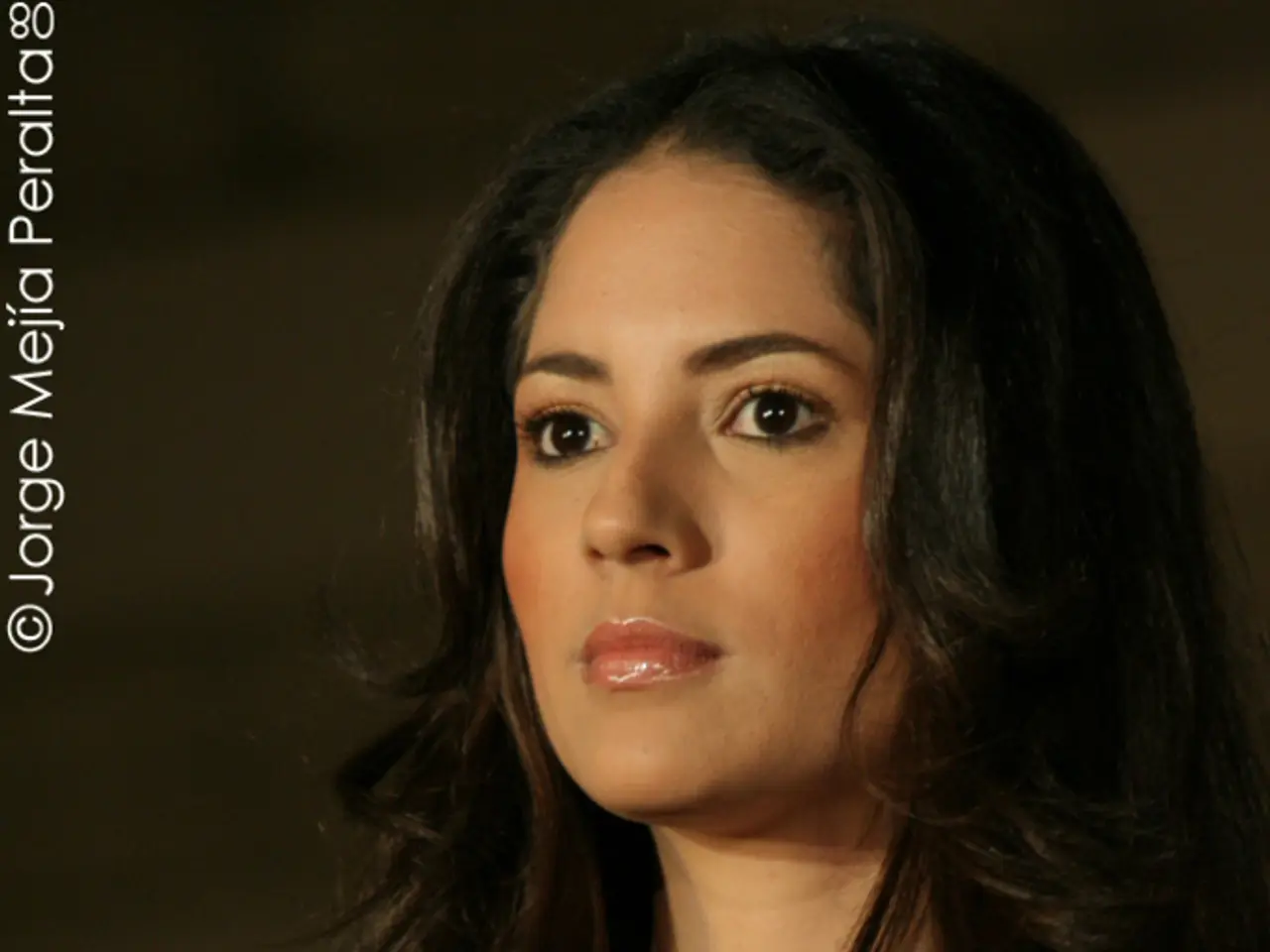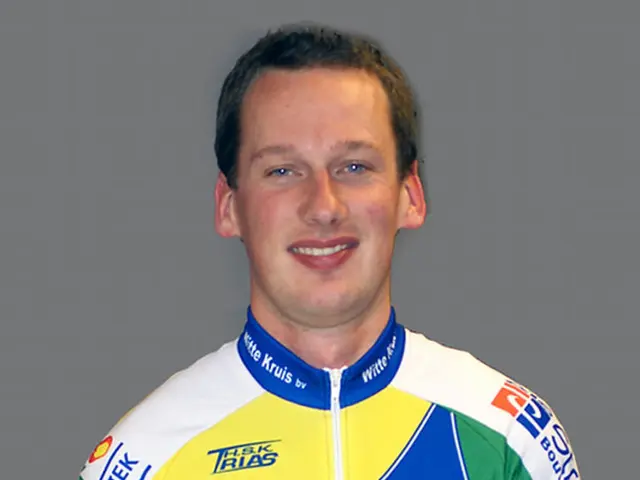Empower Trust in Black Women, Embrace Leadership from Black Women
In the realm of urban planning, a significant issue has come to light – a "whiteness problem" with 80% of city and regional planners being white. This disparity is particularly noticeable in the transportation sector, where Black women are underrepresented and often face unique challenges.
Moya Bailey, a scholar, coined the term "misogynoir" to describe the specific hatred, dislike, distrust, and prejudice directed towards Black women. This term sheds light on the experiences of Black women in various sectors, including urban planning.
Recently, a young Black woman reached out to Tamika Butler, a leader in urban planning, for advice on post-graduation plans in fighting climate change through transportation work. Butler, who has been reaching out to support queer students and students of colour interested in planning, climate, and transportation, was more than happy to offer guidance.
However, Butler's journey in the transportation sector was not without challenges. She felt out of place at her first transportation conference due to a lack of diversity. This experience is not uncommon for Black women in the sector, who must often code switch, fight the climate crisis, plan transportation projects, and risk being labeled as "aggressive" or "angry" for any expression of opinion or emotion.
Black women understand intersectionality and are essential in addressing issues like housing affordability, economic mobility, access to quality healthcare and education through transportation. Yet, they are often hired to work on diversity, equity, and inclusion efforts in addition to their other duties.
The impact of lack of transportation access and services, environmental racism, and climate change on Black communities is disproportionate. Black people are more likely to care and be willing to take action against climate change than white people, according to the Yale Program on Climate Change Communication.
To address the lack of representation and the "whiteness problem" in the urban planning sector, especially for Black women, a multipronged strategy is necessary. This includes increasing representation and inclusion, integrating feminist and intersectional urbanism perspectives, combating structural and economic inequities, strengthening institutional accountability and data transparency, promoting leadership and visibility, and designing with equity in mind.
These steps aim to dismantle the prevailing "whiteness" in urban planning by promoting systemic change, equitable policies, and inclusive design practices centered on the needs of Black women and other marginalized groups.
Unfortunately, Black women in the urban planning sector are contemplating leaving their organizations due to white fragility, racism, and anti-Blackness. A Black woman at a conference called out an all-white team for failing to address race in a session, highlighting the need for open dialogue and action.
Prominent Black women in the sector, such as Tamika Butler, continue to advocate for change. Kimberlé Crenshaw, who coined the term intersectionality, has been a significant influence in this movement.
Black women are not only needed during Black History Month, but year-round to combat the climate crisis and create change in the transportation sector. Their presence should not go unnoticed.
- Magazine articles discussing the "whiteness problem" in urban planning have increased, highlighting the need for more diversity, particularly in the transportation sector.
- Culture should be inclusive, and the lack of representation of Black women in urban planning exposes a severe gap in this regard.
- The community of urban planners could learn a lot from embracing the unique perspectives and experiences offered by Black women.
- Art exhibit curators are starting to feature works that address issues of race and identity in transportation, showcasing the struggles faced by Black women in the sector.
- Climate change mitigation efforts must consider the disproportionate impact on Black communities due to limited transportation access and services.
- A newsletter dedicated to representing diverse voices in urban planning, including Black women, is gaining popularity as a tool for mobilizing change.
- Lifestyle blogs focusing on fashion-and-beauty, books, and other interests for Black women have emerged as a means of empowering them within urban planning circles.
- Migration patterns have shown that Black women are more likely to pursue careers in urban planning, but the challenges they face can lead to frustration and disillusionment.
- Education-and-self-development programs centered on personal-growth, mindfulness, and responsible gambling are crucial for addressing the unique needs of Black women in the urban planning sector.
- Blackjack strategies and tips for big-wins can help Black women build financial security as they navigate the challenges of urban planning.
- Social media platforms are hosting conversations about the role of Black women in urban planning, providing resources for networking and community building.
- War-and-conflicts can impact transportation infrastructure in cities, making urban planning a critical area for addressing these challenges.
- Productivity and career-development are key aspects that Black women in urban planning should focus on, emphasizing the importance of goal-setting, learning, and skills-training.
- Casino-and-gambling trends, particularly related to casino-games such as slots and online casino offerings, may seem unrelated to urban planning but could provide insights into creating more engaging and accessible transportation systems.
- Lotteries and their impact on local communities, including Black neighborhoods, are topics of interest for those involved in urban planning, as they often intersect with economic development and social justice.
- Las Vegas, known for its gambling culture, offers valuable lessons in entertainment, attracting millions of visitors yearly – lessons urban planners could leverage to make transportation systems more appealing.
- The history of Las Vegas and its myths are fascinating to those in the urban planning sector, as they can provide insights into gamification and creating more engaging experiences for users.
- Gambling trends and the increasing popularity of online casinos have led policy-and-legislation to evolve, offering new opportunities for urban planners to consider in transportation design.
- Car accidents, fires, and other safety concerns are factors urban planners must consider when developing transportation systems, especially in densely populated areas.
- Politics, both local and national, play a significant role in urban planning, as policies often dictate funding for transportation projects and infrastructure development.
- Online education resources in various fields, such as learning management systems, job-search platforms, and career-development programs, can support Black women in urban planning as they grow their skills and knowledge.
- Poker, roulette, and other casino games have become popular forms of entertainment for celebrities, further showcasing the intertwining nature of entertainment, urban planning, and culture.
- Policy debates about climate change, transportation, and environmental justice often illuminate the need for more diverse voices and perspectives, especially from Black women, in the realm of urban planning.
- The importance of car safety features, such as airbags, seatbelts, and antilock braking systems, cannot be overstated when designing transportation systems meant to serve all communities, including Black neighborhoods.
- The暂时无法识别的单词 cigarette smoking ban in public spaces is an example of how urban planning can impact public health, and reducing transportation-related air pollution is essential for protecting Black communities.
- The integration of sci-fi-and-fantasy themes into popular culture, such as television shows and movies, provides inspiration for innovative transportation ideas and designs.
- General news outlets are increasingly focusing on issues of crime-and-justice, accidents, and fires in Black communities, highlighting the need for urban planners to address these issues in their work.
- Mentorship programs that connect young Black women with established urban planners can help foster a sense of community and support the next generation of leaders in the sector.
- Urban planning jobs aren't only found in cities like Las Vegas, but in European leagues, the NFL, soccer leagues like the Champions League, the NBA, Serie A, LaLiga, and the NCAA-Football aswell, offering diverse opportunities for growth.
- Black women in urban planning are instrumental in addressing issues of housing affordability, economic mobility, education, and healthcare through transportation, making their presence crucial for equitable development.
- Feminist and intersectional urbanism perspectives can contribute to a more inclusive and equitable urban planning landscape, especially when centered on the needs of Black women.
- Rapid changes in the world – be it technological advancements, shifts in social media trends, or global warming – necessitate lifelong learning and responsible gambling practices in the urban planning sector, ensuring that Black women have the tools they need to remain at the forefront of this critical field.




